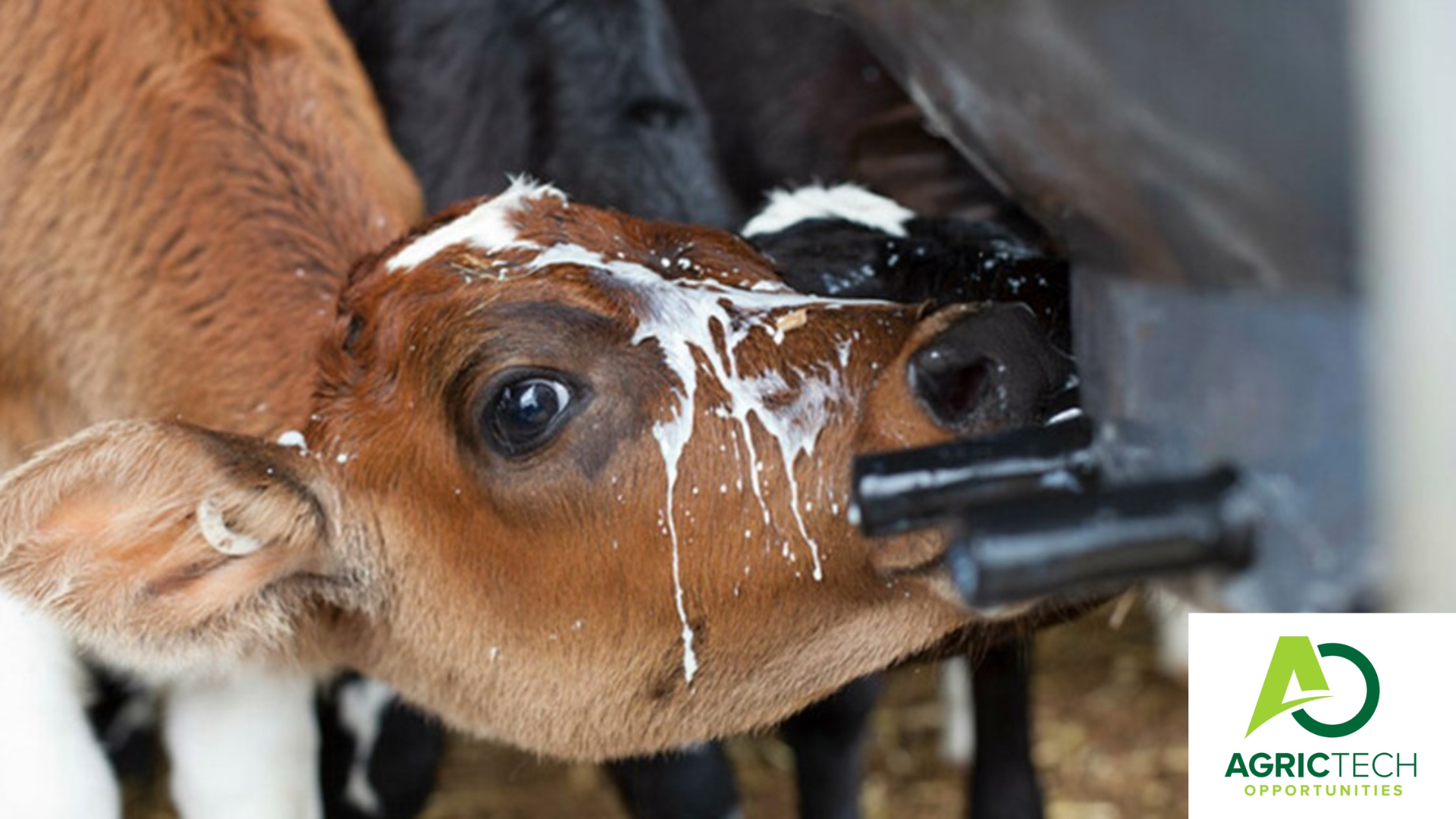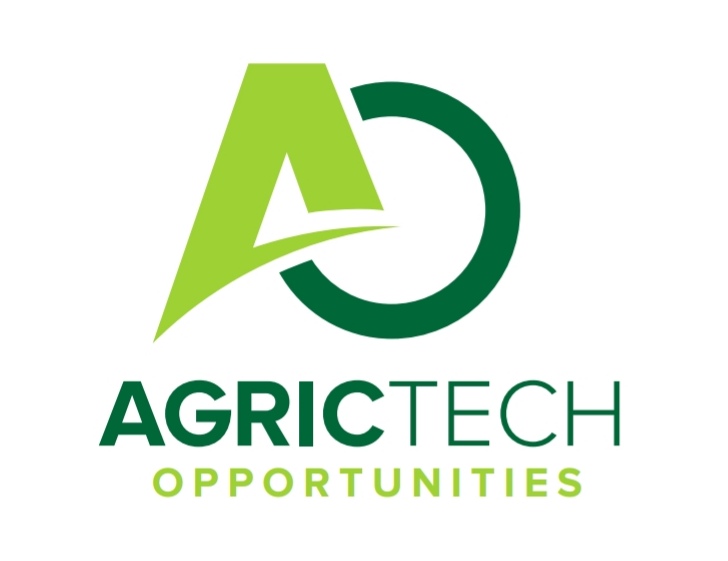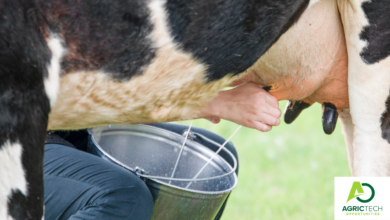Approved Feeding Systems For Dairy Calves And Heifers 2023 Guide

Host
Global Dairy Production
Target Audience
Dairy Farmers
Introduction
Dairy heifers from 6 months to calving– It all starts from turning 6 months old calves to grass. Watch out for feeding coarser grass e.g. Hyparrhenia or letting calves feed on wet grass (reduces DM intake). Keep 5-6 months old calves on yard at night and feed 1-2 kg crushed maize or snap corn per calf.
Calf from weaning to 6 months– Period is divided into weaning time, post weaning to 6 months and 6 months to pre-calving. Not to wean sick calves (scours, pneumonia etc) even if time is reached. Cut milk feeding by ½ during last week and then cease giving milk. Keep calf in its calf unit for another week to reduce stress.
ALSO READ: All You Need To Know About Dairy Milk Quality 2023 Addition
Feeding systems for calves and heifers are crucial for their growth and development. These systems ensure that young animals receive the necessary nutrients and care to reach their full potential. One important aspect of feeding systems is the provision of colostrum, which is the first milk produced by the mother after giving birth. Colostrum is rich in antibodies and essential nutrients that help boost the calf’s immune system and provide protection against diseases.
The importance of colostrum
It contains high levels of immunoglobulins, which are essential for the calf’s immune system development. Colostrum also provides essential nutrients, vitamins, and minerals that are necessary for the calf’s growth and development. These antibodies help protect the calf from various pathogens and diseases during the early stages of life when their own immune system is not fully developed.
Calves feeding on milk
Bottle feeding

Health awareness of dairy calves– Drench calves at beginning, mid and end of summer to reduce chance of infection. Graze calves ahead of mature animals and when stable then follow the Henderson Heifer Rearing program. Send faecal sample to vet for egg count and advise on appropriate drenching drug. Very necessary to Rotate paddocks. Change drench types in order to reduce incidences of resistance. Do faecal egg count reduction test (FECRT) to check for drench resistance.
ALSO READ: Understanding The Ostrich Industry In Zimbabwe and South Africa 2023 Guide 2023‘
In cases where colostrum from the mother is not available or insufficient, colostrum substitutes can be used. These substitutes are specially formulated to mimic the composition of natural colostrum and provide the necessary antibodies and nutrients to the calf. They are typically made from bovine colostrum or other sources and are available in powdered or liquid form.
Purpose of drenching are that drenches target different internal parasites. Internal parasites include round worms, tapeworms and flukes. Young animals have poor immunity against parasites and are often the worst affected showing scours, ill thrift, rough coats, weakness, weight loss, bottle jaw and in severe cases, death.
Most Important Procedure for Summer-born calves
In the First winter: take 6 months old calves to small paddock of star grass. Always supplement grazing with a ration of 4.5 kg concentrate and 4.5 kg silage per day. Increase silage gradually to 9 kg/day max.
In the Second summer: discontinue silage and reduce concentrate to 1 kg per day and if condition of calf is poor continue concentrate feeding at reduced rate till when necessary.
Second winter: Restore concentrates at 4.5 kg/day and silage at 9 kg/day until 6 wks before calving
Pre-calving: Increase concentrate to 5.5 kg/day and silage at 22.7 kg/day, cut on silage where grazing is available.
Colostrum substitutes are important in situations where the mother is unable to produce enough colostrum or if there are concerns about the quality or safety of the mother’s colostrum. They ensure that the calf receives the necessary antibodies and nutrients to support their immune system and overall health.
ALSO READ: The Benefits of Doing an Internship: How It Can Help You Get Ahead in Your Career
Most Important Procedure For Winter-born calves
First summer: Take out of self feeder and introduce to 4.5 kg concentrate and hay (ad libitum). Reduce concentrate over a month (depending on condition), discontinue hay when heifer has settled on grass.
Second winter: Feed concentrate at 4.5 kg and silage 9 kg
Second Summer: Reduce concentrate and silage
Pre-calving: Continue as per second summer feeding
ALSO READ: The Power of Networking And Connections To Succeed For Interns 2023/24
In conclusion, feeding systems for calves and heifers play a crucial role in their growth and development. The provision of colostrum, either from the mother or through substitutes, is essential for the calf’s immune system development and overall health. It is important for farmers and caretakers to ensure that calves receive adequate colostrum and follow appropriate feeding systems to promote their well-being.
ALSO CHECK: 4 Ways To Increase Live Weight In broilers And Egg Size In layers
For more updates On Agric Tech Opportunities kindly join the social groups below:




